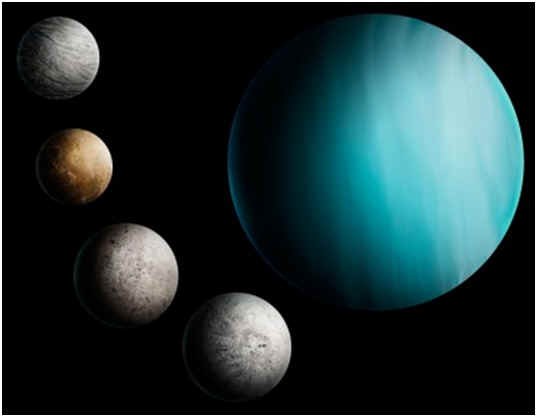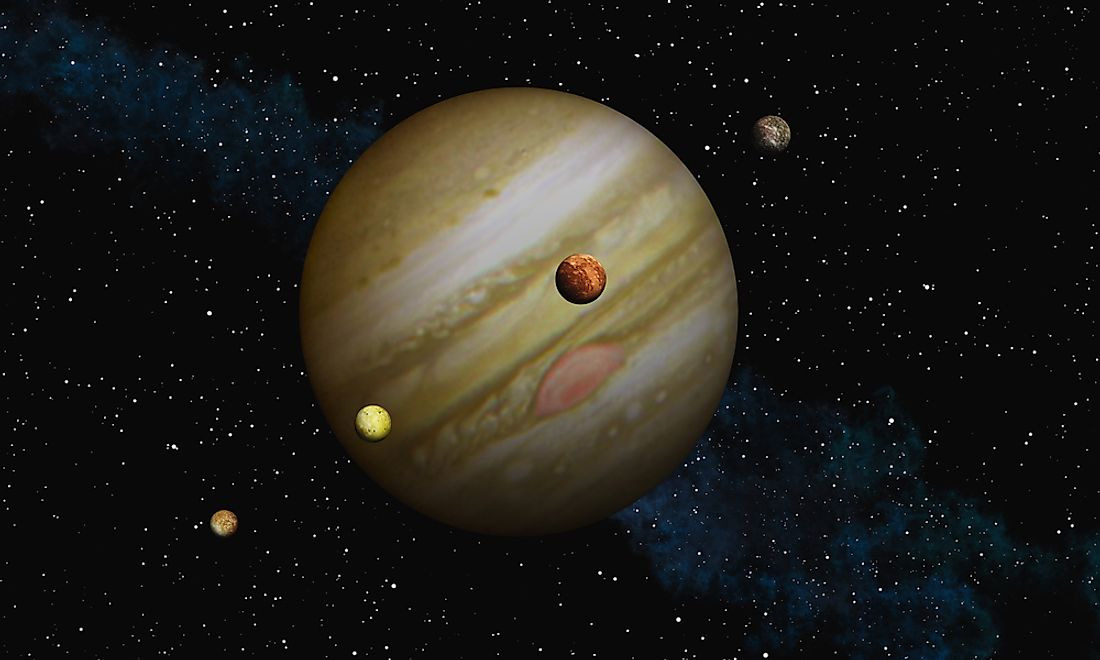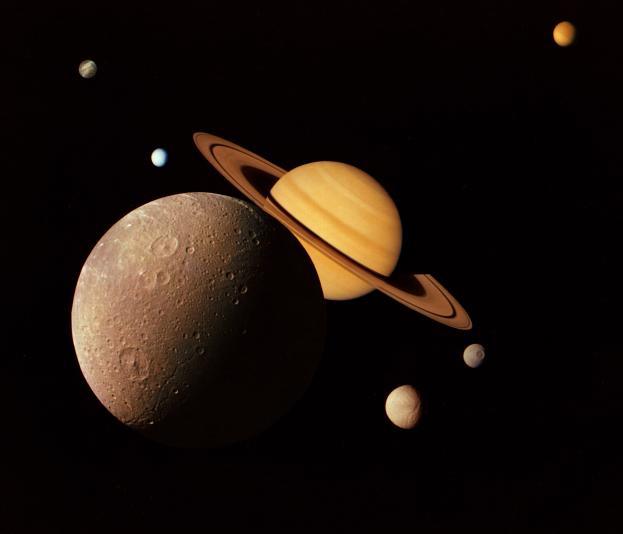Saturn means:
Saturn was the Roman god of agriculture. He was called Cronus by the Greeks. He is the son of Uranus and the father of Jupiter. Saturn overthrew his father to become king of the gods, but was then overthrown himself by his son Jupiter.
How much would you weigh on Saturn?
Because Saturn is bigger than the Earth, you would weigh more on Saturn than you do here. If you weigh 70 (32 kg) pounds on Earth, you would weigh 74.5 pounds (34 kg) on Saturn. Probably not as much as you thought, right? Keep reading to find out why.
The Planet
In many ways, Saturn is similar to Jupiter, but it is much smaller. It is the second largest planet in our Solar System and it is a gas giant like Jupiter. Under the clouds of methane, hydrogen and helium, the sky gradually turns into liquid until it becomes a giant ocean of liquid chemicals.
Saturn is the least dense planet in our Solar System. It is made up of mostly hydrogen and helium, which are the two lightest elements in the universe and thus make Saturn the lightest planet that we know of. This is why you wouldn’t weigh as much on Saturn as you think you would because of its size. And because Saturn is so light, it does not have as much gravity. Interestingly, it is believed Saturn would actually be able to float in water because the hydrogen and helium that make up the planet are so lightweight.
Because Saturn is such a lightweight planet and it spins so fast, Saturn is not perfectly round like most of the other planets. Like Jupiter, Saturn is wider in the middle and more narrow near its top and bottom.
The Rings
Saturn is most well-known for its rings. However, it is not the only planet with rings. Jupiter, Uranus and Neptune also have rings. Saturn is a favorite object for many observers. Its beautiful rings are 169,800 miles wide (approx 273,266 km). But the rings are amazingly thin, estimated to be less than a kilometer thick. That’s only a little more than half a mile (0.62 miles to be exact)! The rings are split into categories, Ring A, Ring B, Ring C, Ring D, Ring E, Ring F and Ring G, totaling 7 in all. The rings are not solid but rather are made up of particles of ice, dust and rocks. The rings are held in place around Saturn by the moons that also orbit this large planet. The gravity of these moons also cause the gaps that are seen in between the rings.Moons:
Moons
Saturn has 53 official moons and 9 provisional (unofficial) moons. The most well-known of Saturn’s moons is probably Titan. It is the second largest moon in the Solar System next to Jupiter’s Ganymede. Titan is larger than the planet Mercury. Some of the other moons are Atlas, Calypso, Dione, Enceladus, Hyperion, Iapetus, Janus, Mimas, Phoebe, and Tethys.






